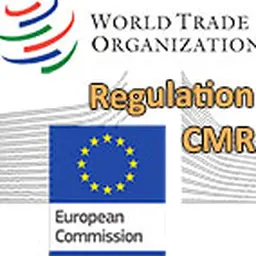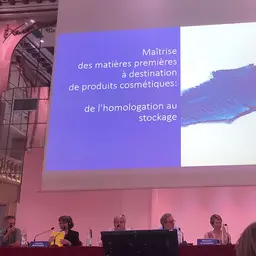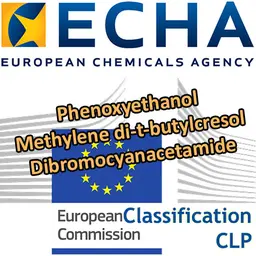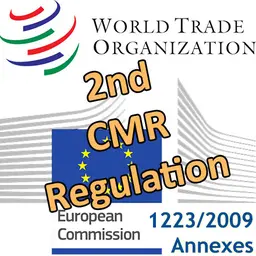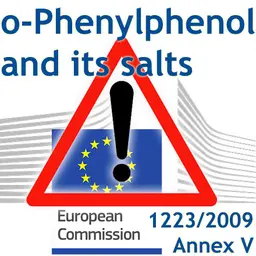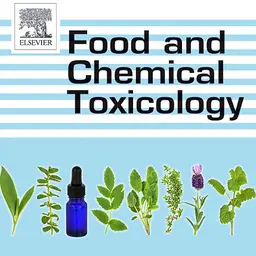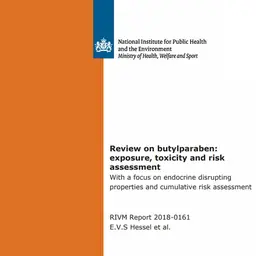
What is a CMR? By what process is a harmonized classification of a substance achieved? What are the impacts in cosmetics? During the Regulatory Meeting organized by Cosmed on March 21, 2019, Constantin Dallot, toxicologist expert and consultant of ATOUT REACH, came to explain the concepts necessary to fully understand CMRs.
“With the Omnibus Regulation, CMRs are more than ever at the heart of the news,“ Constantin Dallot began by reminding us.
CMR is the acronym for substances classified as Carcinogenic, Mutagenic or toxic for Reproduction. They are divided into three categories according to their potential danger:
• CMR 1A : substances with proven CMR character
• CMR 1B : substances whose CMR character is strongly presumed
• CMR 2: substances suspected of being CMR
Before discussing how a substance is classified as CMR and the consequences in cosmetics, Constantin Dallot explained the dangers they represent.
M as germ cell Mutagenicity
Mutagenicity is everything that modifies the information in the DNA in cells, which usually allows them to function normally and appropriately. Exposure to certain mutagenic substances may change this information. This includes genotoxicity, which refers to changes in the structure, informational content or separation of DNA, and mutagenicity, which involves the induction of permanent changes in the amount or structure of the genetic material in a cell. Clastogenicity (an induction of chromosome breaks) or aneuploidy (an induction of a change in the number of chromosomes) are also referred to.
Different types of mutations can occur:
• Germline mutations: when …

